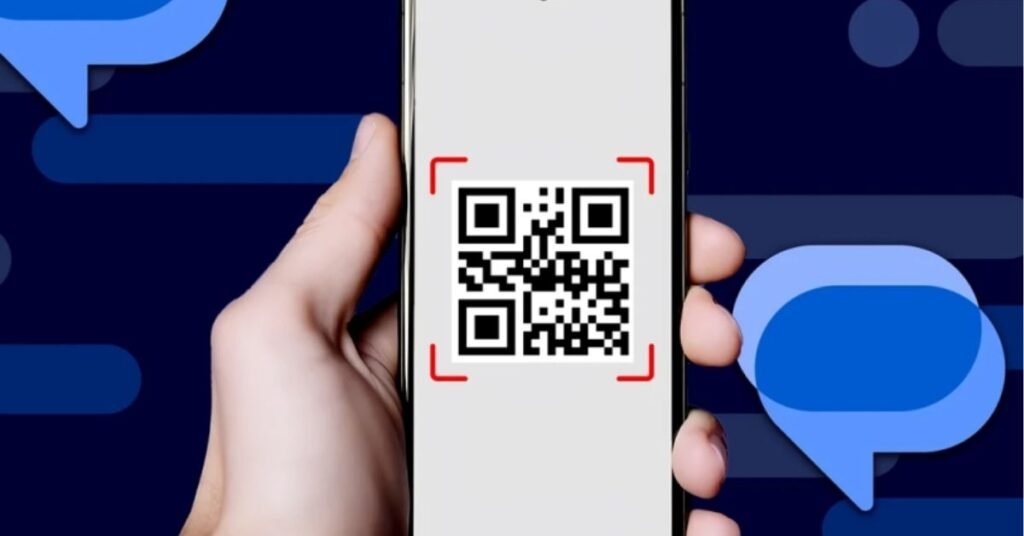In 2025, Google is rolling out a seismic change to Android’s app ecosystem with the Google Android Verification Shift, a move to mandate developer identity verification for all apps, even those sideloaded outside the Google Play Store.
This initiative, echoing Apple’s tightly controlled iOS security model, aims to curb malware and scams that have long plagued Android’s open platform.
As Google tightens its grip to enhance user safety, this article unpacks the details of the Google Android Verification Shift, its impact on U.S. users, industry reactions, and whether it can truly fortify Android’s ecosystem.
What Is the Google Android Verification Shift?
The Google Android Verification Shift, announced on August 25, 2025, requires all developers distributing apps on certified Android devices with Google Play Services to verify their identities starting in 2026.
Unlike the Play Store’s existing verification process since 2023, this policy extends to apps sideloaded or distributed via third-party stores. Key details include:
- Verification Process: Developers must provide legal names, addresses, emails, and phone numbers through a new Android Developer Console. Organizations need business registration documents, while students and hobbyists get a simplified console to ease compliance.
- Timeline: Early access begins in October 2025, opens to all developers in March 2026, and enforces verification in Brazil, Indonesia, Singapore, and Thailand by September 2026, with global rollout in 2027.
- Mechanism: Certified Android devices will block unverified apps, using a whitelist distributed via Play Services. Non-certified devices, like those running custom ROMs, are exempt.

Google’s goal is to eliminate anonymity exploited by malicious actors, with its data showing sideloaded apps are 50 times more likely to contain malware than Play Store apps.
Impact on U.S. Android Users
For U.S. Android users, the Google Android Verification Shift promises enhanced security but introduces trade-offs.
On the plus side, verified apps reduce risks of malware, financial scams, and data theft, which AV-TEST reported surged 37% in early 2025.
Users of mainstream devices from Samsung, Pixel, or Motorola will notice safer app installations, especially when sideloading, a common practice for accessing niche apps.
However, convenience may take a hit. Sideloading, once a hallmark of Android’s openness, will face restrictions, potentially frustrating power users who value flexibility.
Privacy-conscious users may also encounter app incompatibilities on non-certified devices, though these are rare outside China. The shift could streamline trust in apps but risks alienating users who cherish Android’s unrestricted ethos.
Industry Reaction and Apple Comparison
The Google Android Verification Shift draws parallels with Apple’s iOS model, where developers have long faced strict identity checks via the Developer ID and Gatekeeper systems.
Apple’s EU App Store, under the 2025 Digital Services Act, mandates “trader status” disclosure, a policy Google’s move mirrors. Industry voices are mixed.
Brazil’s FEBRABAN and Indonesia’s Ministry of Communications praise the shift for boosting accountability, while Thailand’s digital ministry calls it “proactive.”
However, developers on forums like Hacker News criticize it as a step toward Apple’s walled garden, potentially stifling indie creators who rely on sideloading for privacy or innovation.
Google insists Android remains open, allowing third-party stores, but the verification mandate signals a shift toward tighter control.

Cybersecurity Expert Insights
Cybersecurity experts see the Google Android Verification Shift as a pragmatic step. AV-TEST notes that identity verification raises the bar for low-effort scams, though sophisticated attackers may still exploit straw entities.
Hoplon Infosec argues it reduces repeat abuse by making bad actors traceable, citing a “fence around the neighborhood” analogy.
However, Malwarebytes warns that verification alone won’t eliminate malware, as scammers can buy verified accounts, a tactic seen in past Play Store breaches.
Experts agree the shift strengthens Android’s ecosystem by aligning with Apple’s proven model, but its success depends on robust enforcement and minimal bureaucratic hurdles for legitimate developers.
Google’s partnership with Trulioo for secure data handling is a positive step, though concerns linger about mismanagement impacting small developers.
The Future of Android Security and User Trust
The Google Android Verification Shift marks a pivotal moment for Android, balancing its open-source roots with heightened security demands.
By 2027, U.S. users can expect a safer app ecosystem, with fewer malicious apps slipping through sideloaded sources.
However, the shift risks alienating privacy-focused developers and users, especially if Google’s automated systems, criticized for banning legitimate Play Store accounts, falter.
Compared to Apple’s restrictive model, Google’s approach preserves sideloading but adds accountability, a middle ground that could rebuild trust.
The Google Android Verification Shift is a bold bet on security over unfettered freedom, and its success will hinge on execution.
If Google navigates developer concerns and maintains openness, this could solidify Android as a secure, user-friendly platform, rivaling Apple while keeping its unique identity.
Want to stay safe on Android? Learn more about the Google Android Verification Shift and how it’s reshaping app security in 2025 and beyond.
Google will soon require developer verification for all Android apps – even sideloaded ones.
— PCMag (@PCMag) August 26, 2025
The move aims to cut malware, with rollout starting in 2026 and expanding in 2027.
Read more 👉️ https://t.co/lfYJb8myD0 #android #googleplay #technews pic.twitter.com/Nzs1UGKgo1
Also Read: Watertown Yondr App Initiative 2025: Tackling Student Smartphone Use

Abdul Basit is a US-based tech writer who covers Apple innovations, Tesla’s EV growth, AI breakthroughs, smartphone trends, and app reviews for global readers.
